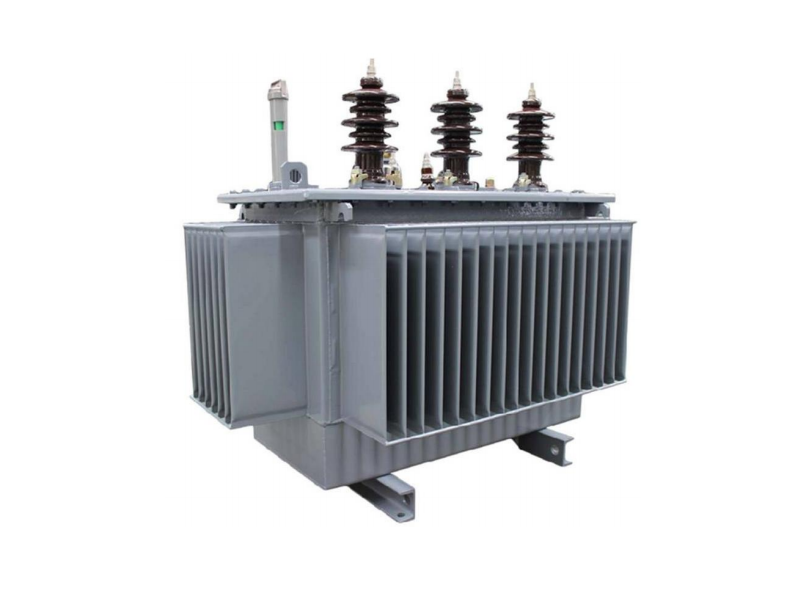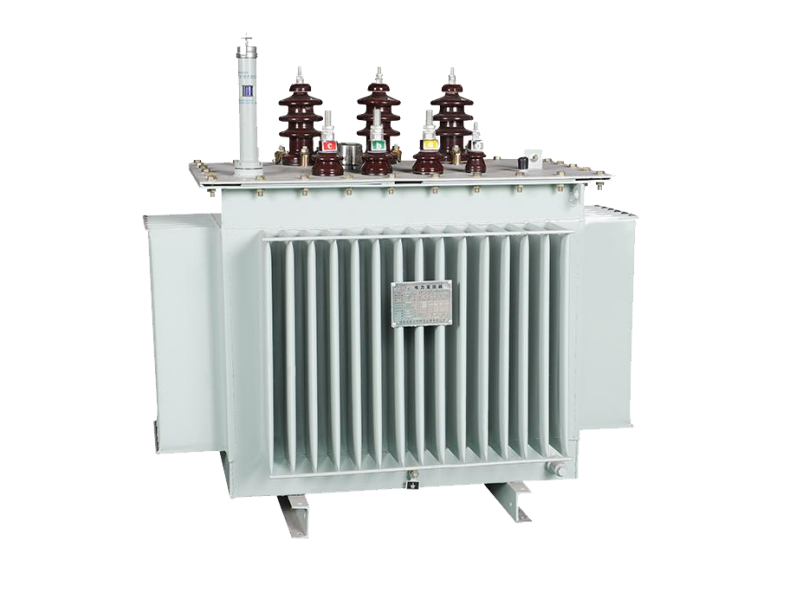Introduction
When selecting a transformer for industrial, commercial, or utility applications, the choice between dry-type transformers and oil-immersed transformers is critical. Each type offers distinct advantages and limitations, depending on operational requirements, environmental conditions, and regulatory standards. This guide explores their differences, applications, and selection criteria to help you make an informed decision.
Key Differences Between Dry-Type and Oil-Immersed Transformers
1. Cooling Mechanism
- Dry-Type Transformers: Use air or solid insulation (e.g., epoxy resin) for cooling, eliminating the need for flammable liquids. Ideal for indoor installations with limited ventilation.
- Oil-Immersed Transformers: Rely on insulating oil (mineral or silicone-based) for cooling and insulation. The oil circulates heat to external radiators, making them suitable for high-power applications.
2. Safety and Environmental Impact
- Dry-Type:
- Fire Safety: No flammable oil reduces fire risks, perfect for crowded areas like hospitals, malls, and high-rise buildings.
- Eco-Friendly: No risk of oil leaks or toxic waste, aligning with green energy initiatives.
- Oil-Immersed:
- Risk of Leaks: Oil spills pose environmental hazards and require containment systems like "oil pits".
- Higher Safety Standards: Requires strict maintenance to prevent leaks and fires.
3. Maintenance and Costs
- Dry-Type:
- Lower Maintenance: No oil checks or replacements; periodic cleaning and insulation tests suffice.
- Higher Initial Cost: Upfront costs are 20–30% higher than oil-filled models due to advanced materials.
- Oil-Immersed:
- Lower Initial Cost: Economical for large-scale projects.
- Higher Lifetime Costs: Regular oil testing, filtration, and cooling system maintenance add expenses.
4. Performance and Capacity
- Dry-Type:
- Capacity Limit: Typically ≤2500 kVA, ideal for low- to medium-voltage applications (up to 35 kV).
- Overload Sensitivity: Must operate within rated capacity to avoid overheating.
- Oil-Immersed:
- High Power Handling: Supports ultra-high voltages (up to 1000 kV) and capacities exceeding 100 MVA, making them indispensable for power grids and heavy industries.
- Superior Overload Tolerance: Handles temporary surges without damage.
5. Installation Environment
- Dry-Type:
- Indoor Use: Compact design suits space-constrained areas like basements or metro systems.
- Climate Adaptability: Performs well in humid or dusty environments with forced-air cooling.
- Oil-Immersed:
- Outdoor Use: Requires dedicated substations with spill containment. Ideal for remote industrial sites or regions with extreme temperatures.
How to Choose the Right Transformer
- Prioritize Safety: Opt for dry-type in fire-sensitive areas (e.g., urban centers).
- Evaluate Load Requirements: Oil-immersed suits high-power needs (e.g., utilities, steel plants).
- Consider Lifetime Costs: Dry-type saves on maintenance; oil-immersed has lower upfront costs.
- Check Local Regulations: Some regions mandate dry-type transformers for indoor use.
- Environmental Goals: Dry-type supports sustainability initiatives.
Applications by Industry
| Application | Recommended Type | Key Reasons |
|---|---|---|
| Commercial Buildings | Dry-Type | Fire safety, low maintenance |
| Power Substations | Oil-Immersed | High voltage, overload tolerance |
| Renewable Energy Plants | Dry-Type | Eco-friendly, compact design |
| Industrial Factories | Oil-Immersed | Cost-effective for heavy machinery |
FAQs
Q: Which transformer is better for humid climates?
A: Oil-immersed transformers excel in high humidity due to robust insulation and cooling.
Q: Can dry-type transformers handle high voltages?
A: Yes, but typically up to 35 kV. For higher voltages, oil-immersed models are preferred.
Q: Are oil-immersed transformers being phased out?
A: No. Despite the growth of dry-types (~6.8% CAGR), oil-filled units remain vital for high-power grids.
Conclusion
The choice between dry-type and oil-immersed transformers hinges on safety, budget, power needs, and environmental factors. Dry-types dominate urban and eco-sensitive projects, while oil-immersed models power large-scale industrial operations. By aligning your selection with project-specific demands, you ensure efficiency, compliance, and cost-effectiveness.
Explore Our Range: Click here





